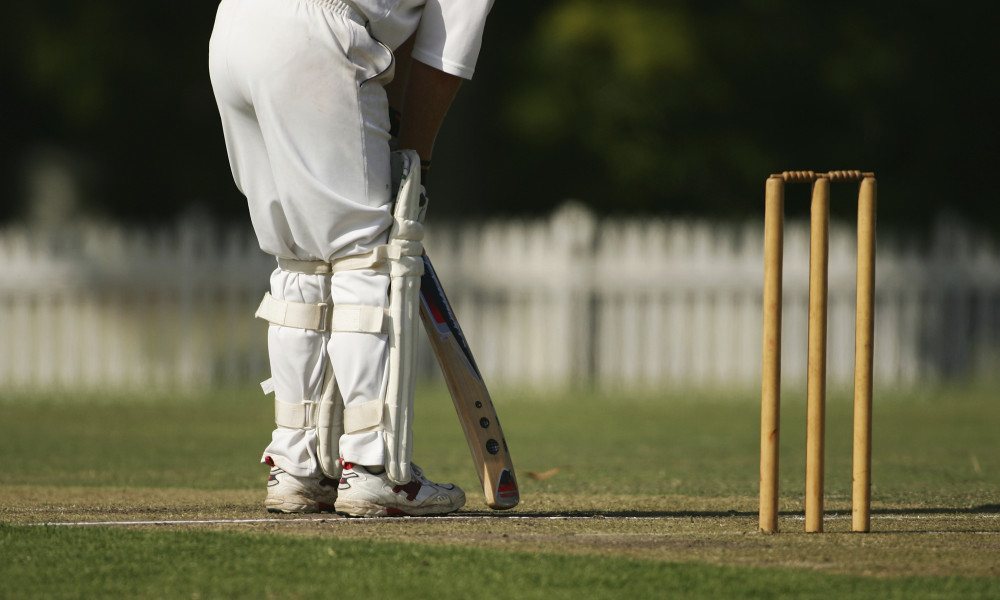You might think the size of a soccer net goal isn’t of much significance and you can technically work with any dimension. However, the actual case is very opposite and sizes do matter according to your expertise whether you’re new in the game or you’ve been playing it for years. For this reason, knowing how to measure a full size soccer net goal can come in handy for you.
What is a Properly Dimensioned Soccer Goal?
First things first, before you start measuring your goal, it is important to know the standard universal size that are considered as a proper goal.
Goals are the areas places at the two opposing ends of a rectangular field that serves as the ‘soccer field’.The length of a professional soccer goal is considered to be 24 feet long while both the posts of the goal are exactly at a distance of 12 feet from the center. The crossbars of the goal that indicate the height should be 12 feet high.
But again, these are all dimensions for if you want a professional goal, smaller goals can do the trick as too if you’re only up for practicing and have no intentions of making it to the big leagues any time soon.
Measuring a Soccer Net Goal:
After knowing the correct dimensions as set by FIFA rules and regulations, the next step is to measure your soccer net goal.
The height of the goal is measured right at its opening. The external cross bars are excluded from this measurement and the right way is to take a scale and measure it starting at the ground and ending it at the ending corner of the inner area of the goal.
The length or sometimes also referred to as the width of the goal is the measurement taken from both ends. For this purpose, you have to measure the opening of the goal from the side inner corner of one goal post to the other.
The base of a soccer net goal is the dimensions included of the bottom area of the goal that touches the ground from the front to the back of it. Want to know more about lacrosse backstop net.
In the end, a goal might or might not have a ‘depth’. If the top portion of your goal isn’t slanting and does have some horizontal coverage as well, your goal has a depth measurement too. To measure a goal’s depth the individual should scale it from the top front of the horizontal area to the top back of it to acquire depth measurements.





